He is a category 3 sergeant-manager of the recruiting group of the headquarters of the 95th Separate Air Assault Polissia…

Starting September 1, all representatives of the Territorial Recruitment and Social Support Centers (TRCs and SSCs) working in notification groups will be required to wear body cameras. This requirement has been established by a special directive of the Minister of Defense.
In addition, the ministry announced the creation of a centralized system for collecting and processing video information, which will be under the control of the Military Law Enforcement Service of the Armed Forces of Ukraine.
According to the ministry’s plan, this will prevent interference in the system’s operation and promote transparency and legality in the mobilization process. Let’s take a look at what has changed since Monday.
The legal basis for the use of body cameras by representatives of the TRCs has existed since April 2024. At that time, amendments to the Law “On Mobilization Preparation and Mobilization” came into force, granting them the right to take photos and videos when checking documents or delivering summons. To regulate this process, the Ministry of Defense approved a separate Instruction (Order No. 532 dated 06.08.2024), which detailed the procedure for working with cameras.
According to this document, TRC employees were first required to inform individuals that video recording was being conducted. At the same time, the portable video recorder had to be attached to clothing. Recording was to begin as soon as authorized TRC representatives started working in notification groups and continue uninterrupted until completion (exceptions included filming near military facilities and personal needs of TRC staff).
Importantly, deletion of recordings, alteration of their date or time, forced shutdown of the recorder, or transfer of recordings to third parties was strictly prohibited by the instruction.
After completing their work, TRC staff handed the devices over to the responsible person at the TRC. That person was required to check the integrity and proper functioning of the recorders, as well as upload their contents to a local server at the TRC (usually a dedicated personal computer with large storage capacity).
In addition to the responsible person, the head of the TRC also had access to the server. Their duties included selective review of recordings for the legality of their subordinates’ actions. Only the head had the right to transfer materials upon official requests from judicial or law enforcement authorities.
Recordings were mandatorily stored on the computer for at least 30 days, but in cases of official investigations or lawsuits, they could be stored longer. Naturally, this configuration left wide “windows of opportunity” for unauthorized interference. Another problem was the lack of standardized equipment.
Even though TRCs are currently equipped with cameras at an 85% level, personnel still use a whole “zoo” of recorders, purchased at different stages with their own funds, by local administrations, or even by sponsors.
To solve these problems, the Ministry of Defense has begun building a special integrated information and telecommunication system. According to ministry officials, its implementation will contribute to maximum transparency of the mobilization process.
The creation of the system involves the purchase of standardized cameras, docking stations, and controllers, as well as the development of a centralized IT infrastructure. From now on, after notification groups complete their work, recordings will be automatically transmitted to a centralized secure server.
At the same time, the administration and control of the server will be carried out by the Military Law Enforcement Service of the Armed Forces of Ukraine. According to this plan, the possibilities for abuse and interference in the system’s operation will be minimized as much as possible.
Liability for violations of recording rules will also be strengthened. It already includes disciplinary penalties, up to demotion or reduction in rank, as well as the transfer of materials to law enforcement agencies.
As explained by Major Kostiantyn Brynchuk, head of the civil-military cooperation section of the Pechersk District TRC in Kyiv, disciplinary responsibility of servicemen is regulated by the statute.
“Disciplinary punishment is a remark, a reprimand, or a severe reprimand, which affects the amount of monetary support of a serviceman. During martial law, we should also recall an entire section of the Criminal Code of Ukraine. These are Articles 401 to 435, which concern such an issue as a military crime. In this situation with body cameras, those articles may be too harsh. However, this is the law that guides servicemen,” Major Brynchuk noted.
As for reservists, they are subject to Article 114 of the Criminal Code of Ukraine, which provides liability for obstructing the lawful activities of the Armed Forces of Ukraine.
Deputy Minister of Defense Lieutenant General Yevhen Moisiuk is convinced that the new approach will help protect the rights of all parties in the mobilization process.
“Recordings will become an objective source of information in case of conflicts or provocations. For citizens, cameras guarantee protection against possible abuses, and for TRC employees — protection against false accusations,” Yevhen Moisiuk emphasized.
The ministry does not name exact deadlines for the full deployment of the new system, but stresses: starting September 1, by order of Denys Shmyhal, the wearing of body cameras will become mandatory for all TRC employees involved in notifications.
This step may become an effective tool for reducing tensions, as video recording will discipline both sides. This is especially important now, when the enemy is actively exploiting the topic of mobilization to weaken our defense and sow internal conflicts.
Disclaimer: This text has been translated from Ukrainian into English with the assistance of artificial intelligence. While efforts have been made to ensure accuracy, some nuances or contextual meanings may differ from the original.
@armyinformcomua
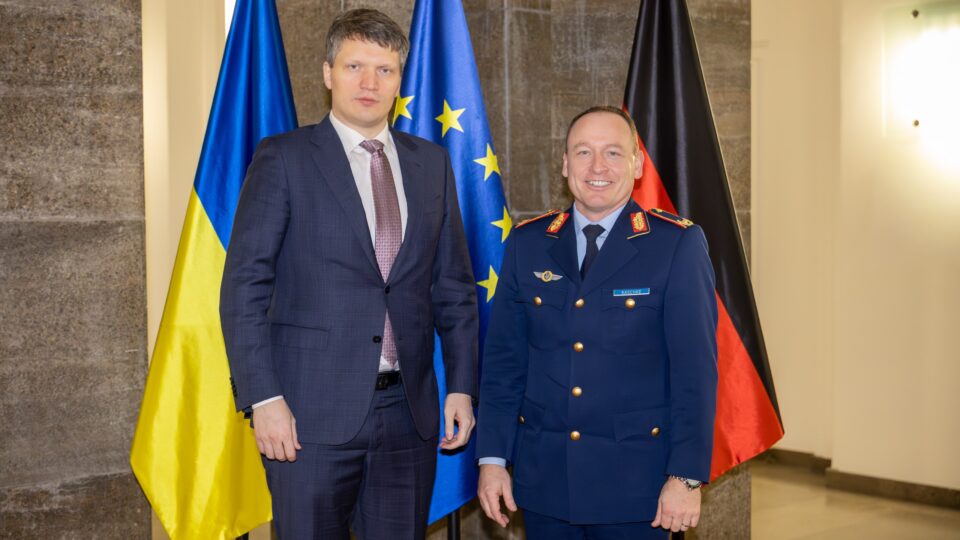
During a working visit to Berlin, Deputy Minister of Defense of Ukraine Serhii Boiev held a series of meetings with German officials aimed at strengthening Ukraine’s air defense and increasing the effectiveness of assistance provided to Ukraine.
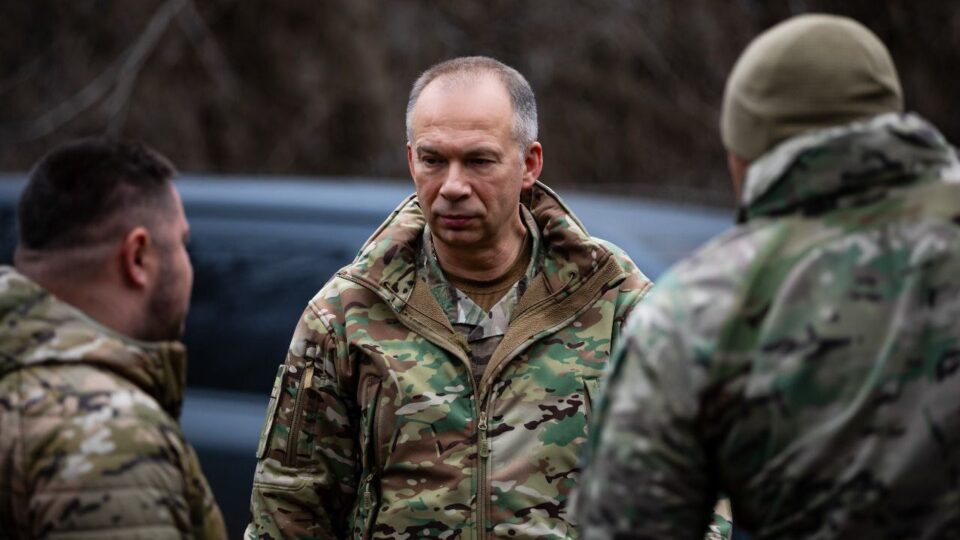
Commander-in-Chief of the Armed Forces of Ukraine, General Oleksandr Syrskyi, made a working visit to military command bodies that continue the operation and are holding the defense of the Pokrovsk–Myrnohrad agglomeration.

On the night of December 12, units of the Special Operations Forces carried out strikes on enemy targets in Donetsk Oblast using FP-2 strike UAVs.
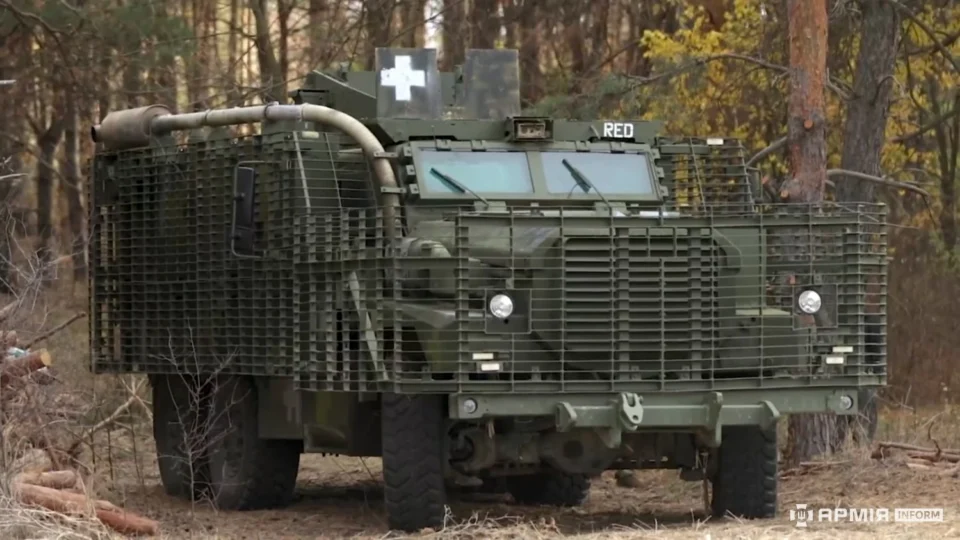
Resembling a large, kind dog, the Mastiff PPV combat armored vehicle is the British version of the American Cougar armored vehicle.
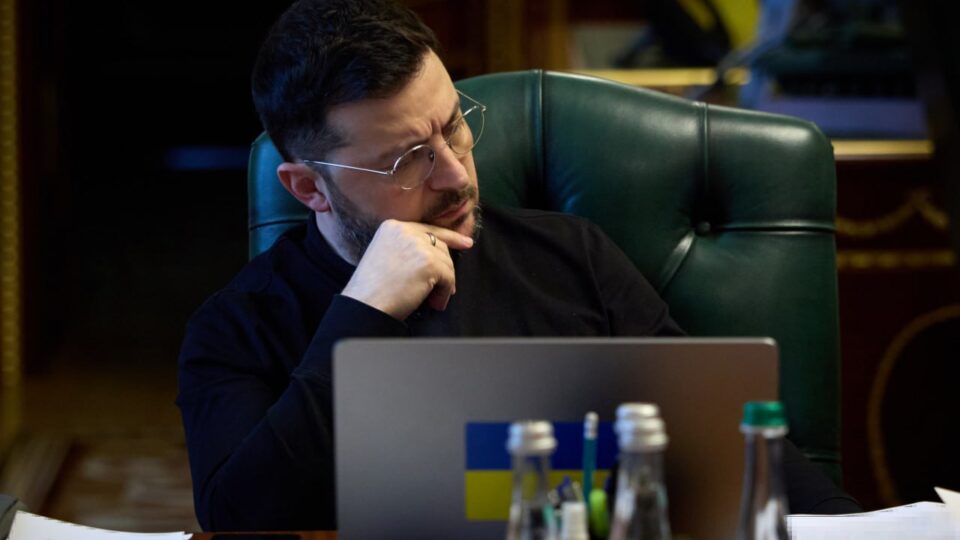
President of Ukraine Volodymyr Zelenskyy reported on several briefings by Minister of Defense Rustem Umerov regarding the active work of Ukrainian negotiating teams on international platforms.
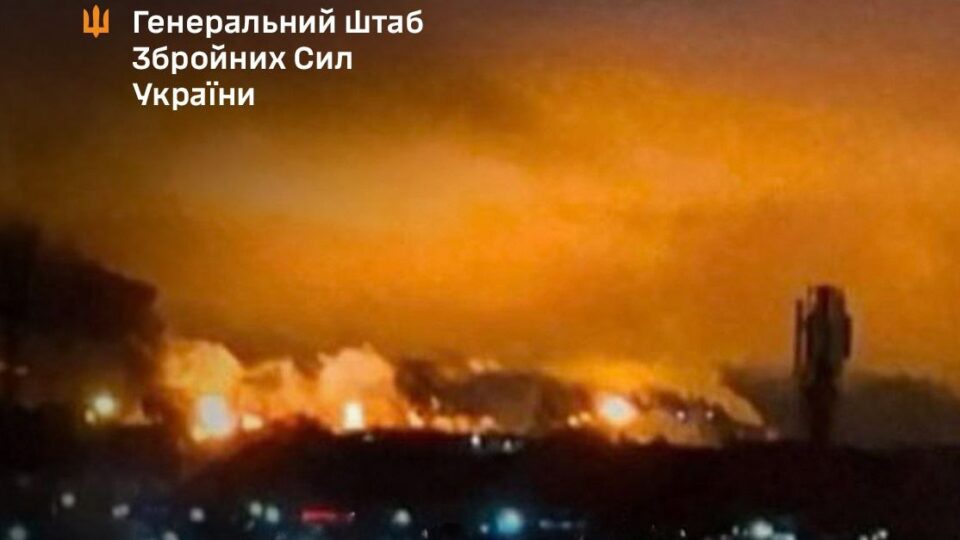
As part of efforts to reduce the enemy’s offensive potential, units of the Defense Forces of Ukraine struck the capacities of an enemy oil refinery, an ammunition depot, and areas where occupying forces were concentrated.
He is a category 3 sergeant-manager of the recruiting group of the headquarters of the 95th Separate Air Assault Polissia…